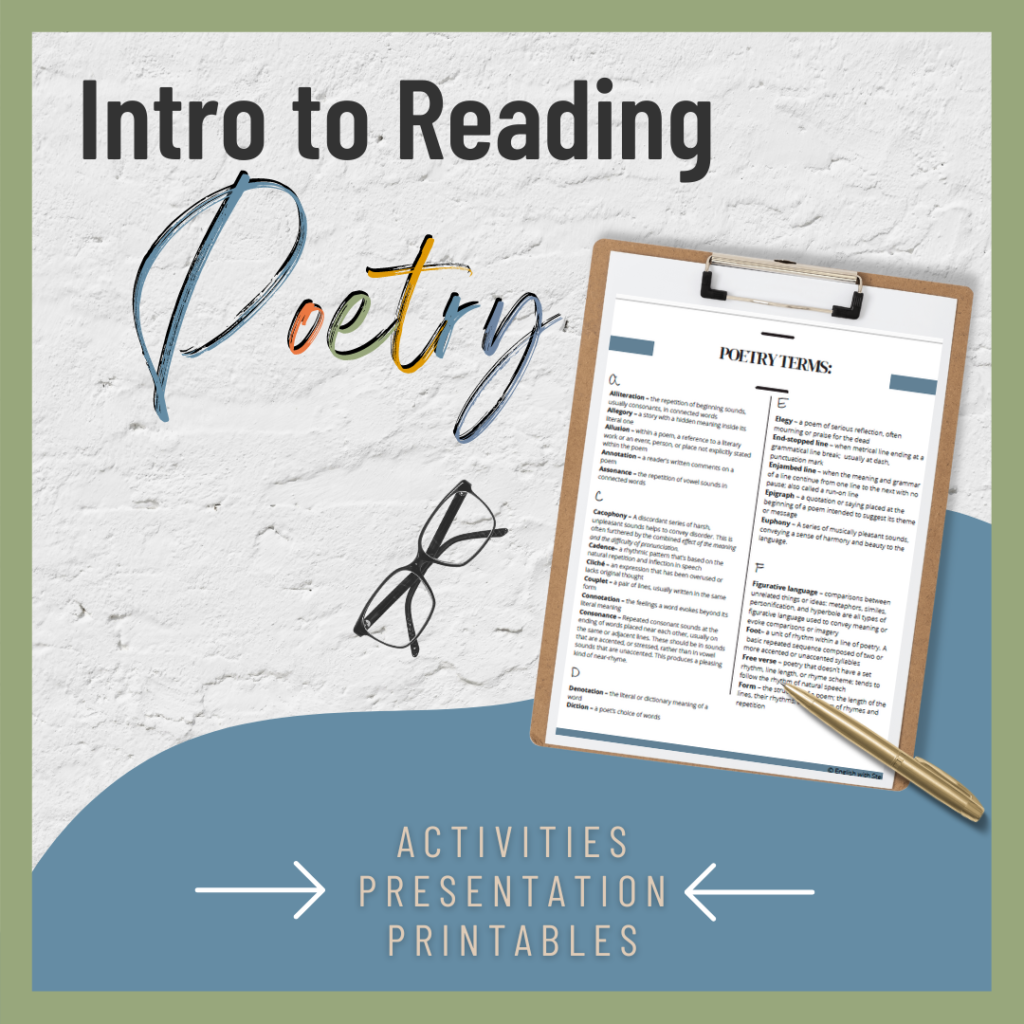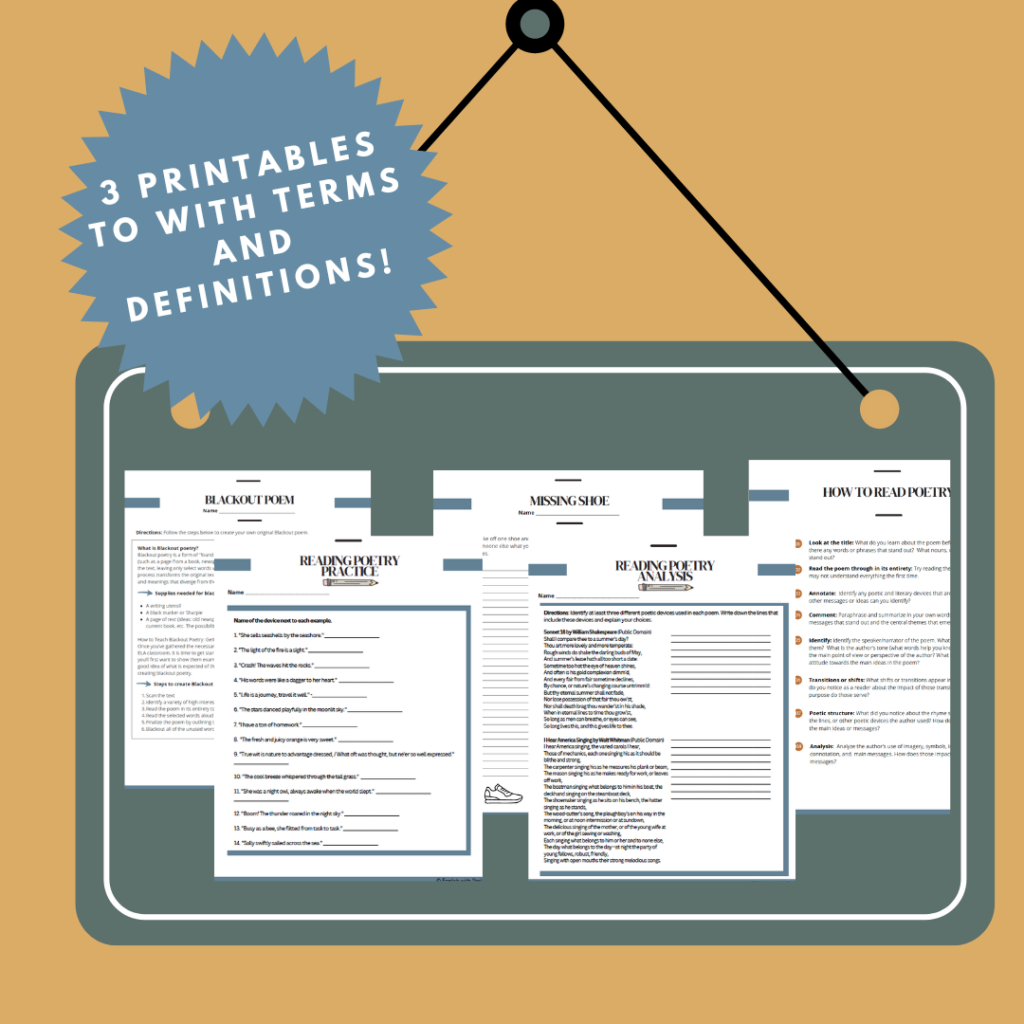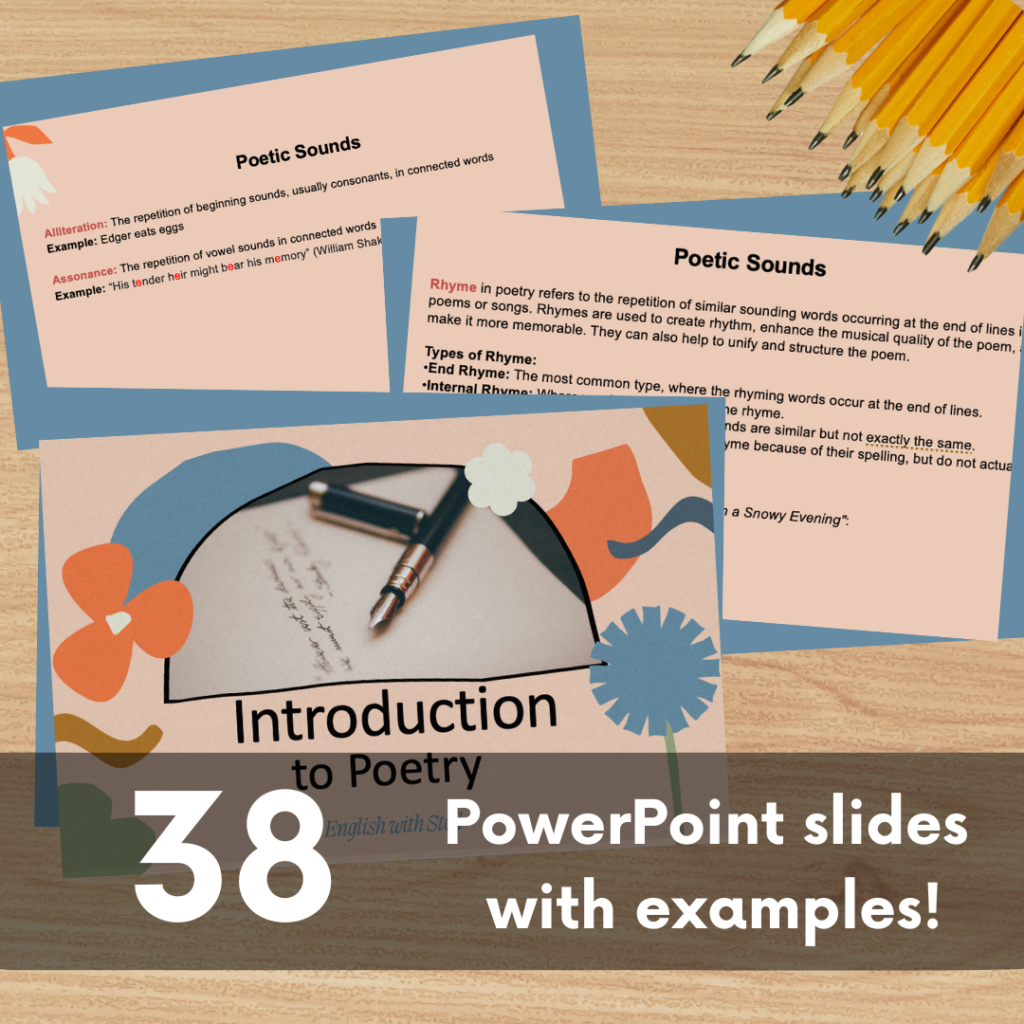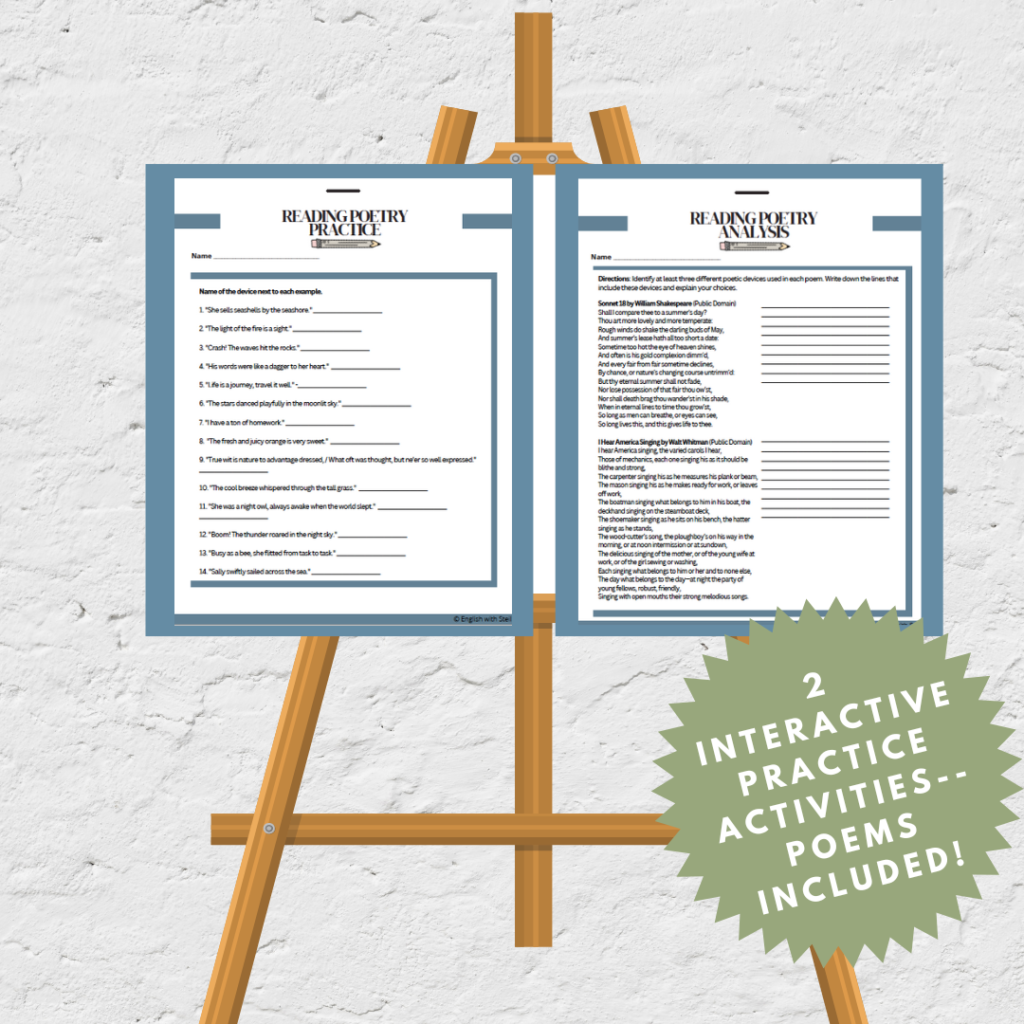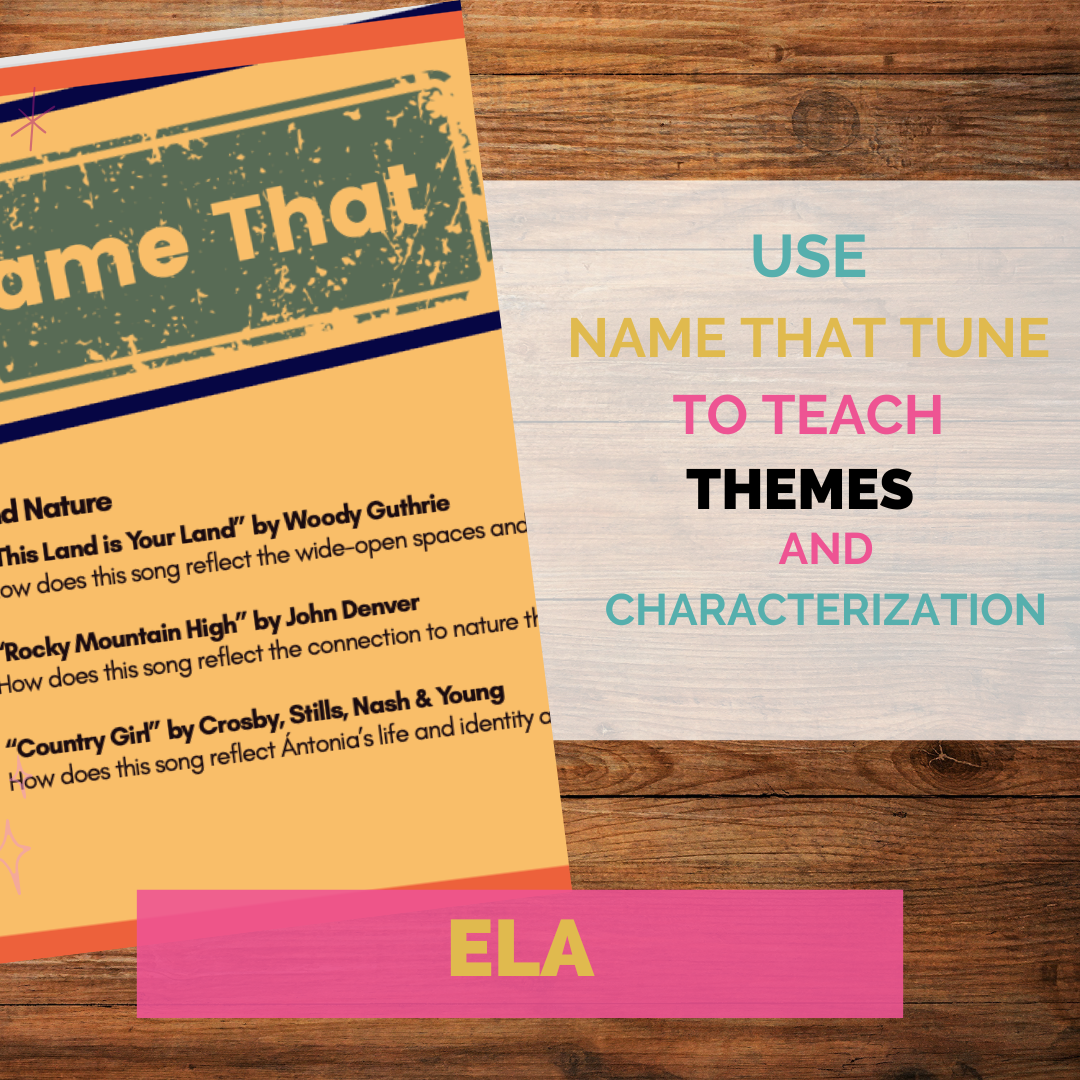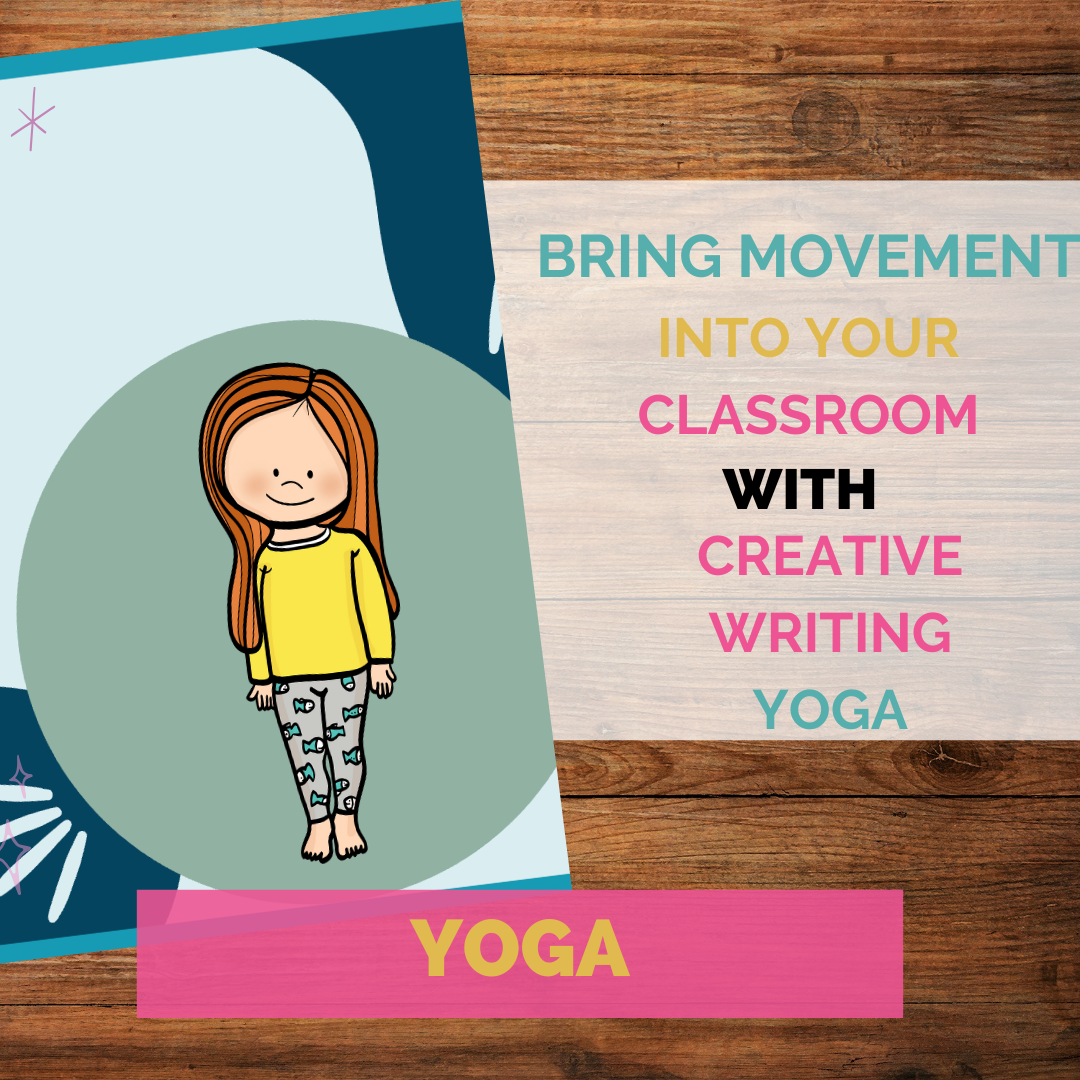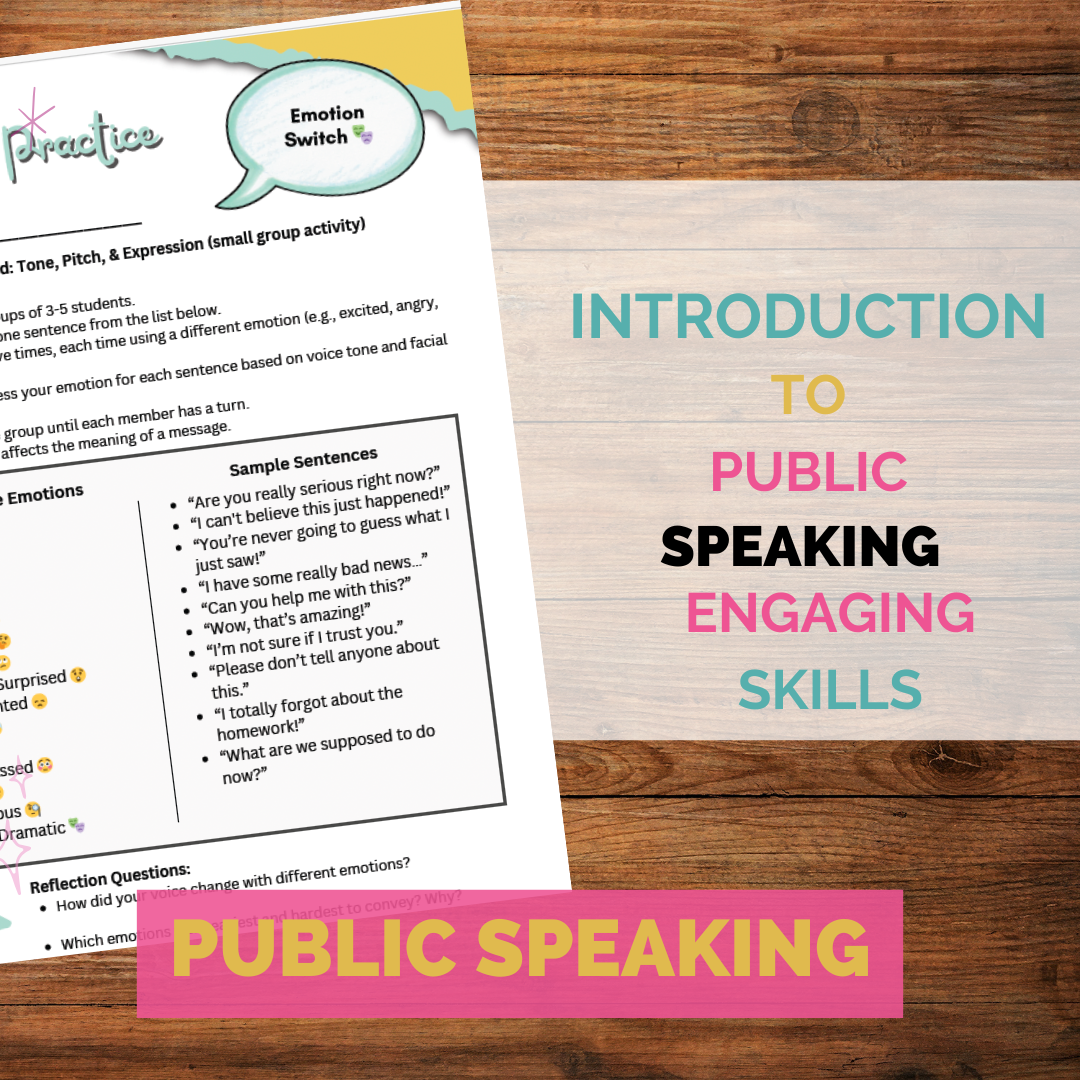If you’re like I was during my first few years of teaching, the thought of teaching poetry might make you break out in a cold sweat. Sonnets, stanzas, rhymes—it can feel overwhelming! But here’s the thing: poetry doesn’t have to be scary, and it can actually be one of the most rewarding units for your students. With the right tools, a bit of creativity, and some tried-and-true activities, you can transform even the most reluctant readers into poetry enthusiasts. Let’s dive into some strategies that have worked wonders in my classroom.
Building a Strong Foundation: Introduction to Poetry
When I poll my students at the start of our poetry unit, most of them only associate poetry with rhyming. After that, the room goes silent. This is where I introduce some basic “look fors” to help them navigate poetry with confidence. Over the years, I’ve developed an 8-step process to guide my students through the common elements found in many poems. This process helps them:
Identify themes and tones.
Recognize poetic devices like metaphors, similes, and imagery.
Analyze structure and rhythm.
Connect with the poem’s message and emotional core.
Here’s how I start:
Presentation on Poetry Basics: I create an engaging slideshow that covers essential terms (think alliteration, enjambment, and caesura) and examples. This helps students start speaking the language of poetry.
Printable Handouts: I provide easy-to-reference guides that define terms and offer examples. These become their go-to resource throughout the unit.
Styles and Forms: We explore different types of poetry, from haikus and sonnets to free verse, so students can appreciate the diversity of the art form.



The Poetry Analysis Trio: Alicia Keys, Maya Angelou, and Laurence Dunbar
One of my favorite ways to kick off poetry analysis is with a trio of works that students can immediately connect with:
“Caged Bird” by Alicia Keys (song)
“Caged Bird” by Maya Angelou
“Sympathy” by Laurence Dunbar
Using these three pieces, students:
Compare and contrast themes of freedom, oppression, and resilience.
Analyze literary devices such as symbolism and repetition.
Discuss the historical and cultural contexts of each work.
Students often light up during this lesson because it bridges the gap between the contemporary music they know and the classic poetry they’re studying. By the end, they’re making insightful connections and appreciating poetry on a deeper level.
Breaking Down “Everyday Use” by Alice Walker
Once students are comfortable with poetry analysis, I introduce Alice Walker’s short story “Everyday Use.” Yes, it’s prose, but its rich themes and symbolism make it an excellent bridge back to poetry. This 1-2 day lesson includes:
Author Biography Exploration: Students research Alice Walker’s life and influences using guided questions and external links.
Deep Dive Analysis: With a worksheet of 26 open-response questions, students explore characterization, historical impact, and symbolism. This activity strengthens their close reading skills and prepares them for more complex texts.
Rising Above: Maya Angelou’s “Still I Rise”
Maya Angelou’s “Still I Rise” is a classroom favorite because of its empowering message of perseverance. Here’s how I teach it:
Author Biography Exploration: Students investigate Angelou’s incredible life story, using guided questions and online research.
Poetry Reading Guide: I provide an 8-step handout to walk students through the process of analyzing poetry—perfect for beginners.
Close Reading and Analysis: Students use 18 in-depth questions to dissect the poem’s themes, symbols, and tone. This helps them see how Angelou’s words resonate with universal experiences.
Making Poetry Fun: Activities for Reluctant Learners
Not every student will instantly fall in love with poetry, so I incorporate activities that make it more accessible and engaging:
Blackout Poetry
Provide students with pages from old books or printouts.
Ask them to create poems by blacking out words, leaving only their chosen phrases visible.
Poetry Stations
Set up stations with different tasks: identifying figurative language, creating metaphors, writing haikus, etc.
Rotate students through the stations to keep them engaged and active.
Collaborative Poem Writing
Have students write a group poem by contributing one line at a time. This can lead to some hilarious and surprisingly moving results.
Poetry Slam
Host a poetry reading or slam where students perform their original poems. Add a theme or competition element to make it exciting.
Final Thoughts: Why Poetry Matters
Teaching poetry is about more than analyzing stanzas and rhymes; it’s about helping students find their voices and see the world through new perspectives. By using engaging activities and thoughtful resources, you can turn poetry from something intimidating into something inspiring. So, are you ready to dive in and transform your poetry unit? Let me know how these ideas work for you—and don’t hesitate to share your own tips in the comments!
Check out these other exciting poetry activities from my ELA colleagues!
